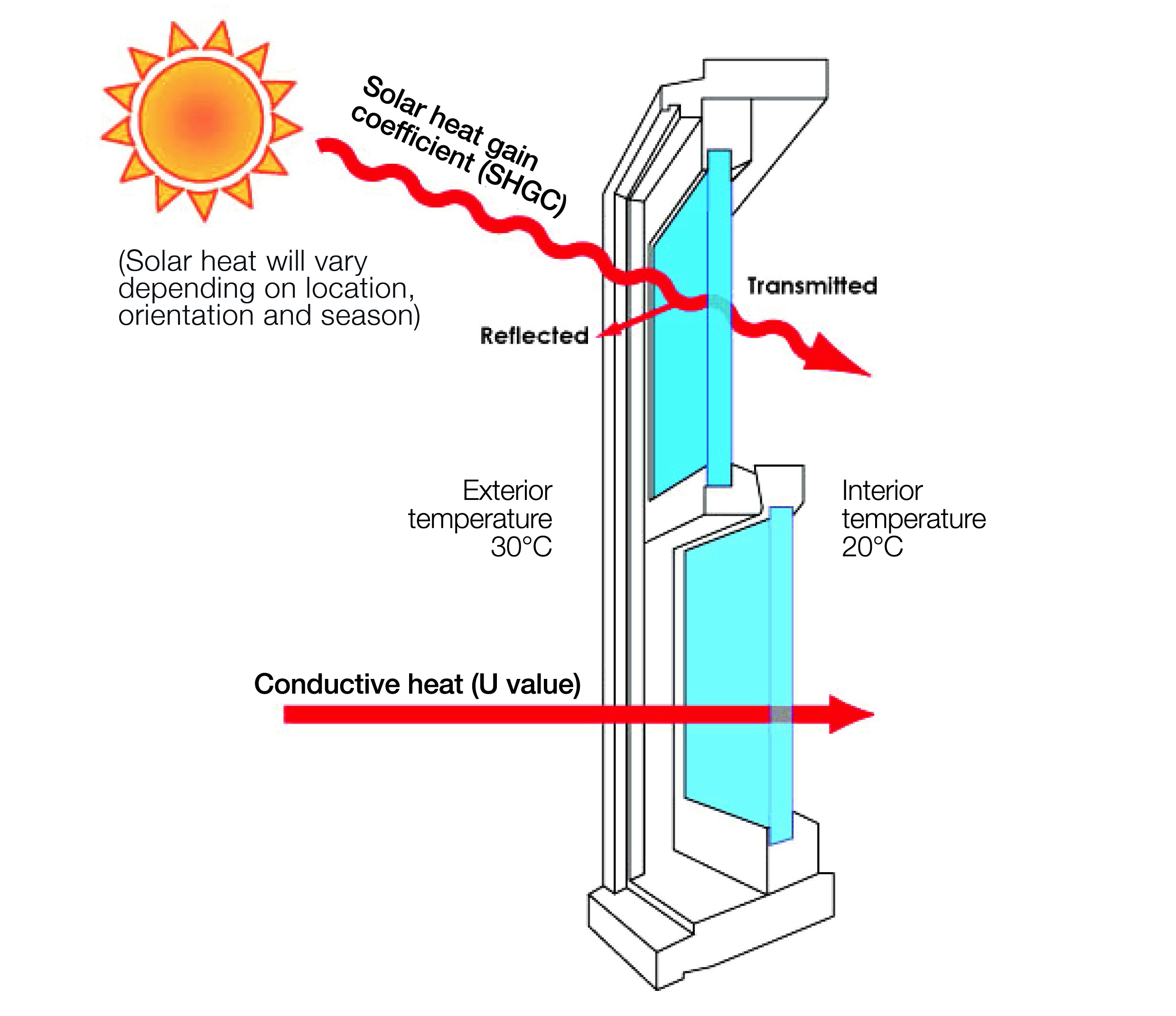All Categories
Featured
Table of Contents
A Complete Guide To Double Glazed Windows in Mullaloo Perth
That window can send more solar heat in winter season than in summertime. A west-facing window on a summer season's afternoon has an angle of occurrence from near 0 up to 30 with a big efficient location of solar radiation. A north-facing window, in summer, has a high angle of incidence and a low effective area of solar radiation, so can transmit less heat than a west-facing one.

You can quickly and quickly improve the thermal efficiency of your house by changing your windows. There are thousands of types of glass and frames to choose from.
Stay Cool This Summer With Double Glazed Windows - Aaa Glass in West Swan WA
Single glazing with clear glass is not very effective when it comes to heat loss or gain. To enhance efficiency, you can use single glazing with a more energy-efficient type of glass such as low emissivity (low-e) glass.
The energy efficiency of IGUs also depends on: the residential or commercial properties of each layer of glass. Different glass types (for example, clear and low-e glass) can be put together in an IGU.
Carnegie 3163, Vic. Amazing Service By Aps Double Glazing in Osborne Park Western Australia

IGU cavities can be filled with air or a more inert, low-conductivity gas such as argon the width of the cavity. Cavity density is normally 6 to 18mm. Broader cavities offer lower (better) U worths, with 12mm typically accepted as the favored gap how well the cavity is sealed. Cavities must be dry and well sealed to avoid wetness getting in.
If argon is set up to the cavity in location of air, moisture is dependably omitted the level of desiccant (drying representative). The spacer (metal or polymer strip) that separates the glass layers contains a desiccant to absorb any wetness. Inadequate desiccant might cause wetness to condense on the glass surface in cold conditions, decreasing thermal performance.
Double Glazing - Albury - Twin Cities Glass in Maylands Perth
IGUs can deliver much better energy performance for all climates, especially in heated and air-conditioned houses. Cross-section detail of single, double and triple-glazing systems Low emissivity glass (frequently referred to as low-e glass) decreases heat transfer. Low-e glass might be either high or low transmission: High transmission low-e glass has a finish that permits daytime from the sun to pass into your house to accomplish excellent solar heat gain, however minimizes the quantity of the long wavelength infrared heat that can leave back through the window.
Low-e glass has either a pyrolytic finish or a vacuum-deposited thin film metal finish. Pyrolytic coverings are resilient and can be utilized for any glazing; vacuum-deposited finishes are soft and are only utilized within IGUs. Low-e finishes can considerably improve both U worth and SHGC; however, they should be utilized correctly or they will either deteriorate or stop working to carry out as required.
Windows Of Opportunity: Your Guide To High-performance ... in Ridgewood Western Australia
Low-e coatings can be used in combination with clear, toned or reflective glass. Low-e finishings on glazing can minimize heat transfer where required Photo: Department of Industry, Science, Energy and Resources Toned glass has colouring additives consisted of during manufacture. It is readily available in various colours, normally bronze, grey, blue and green.
Latest Posts
Double Glazed Windows in Floreat Perth
Insulated Glass Unit – Igu in Lathlain Perth
What Is Triple Glazing? - Infinite Windows in Attadale Perth